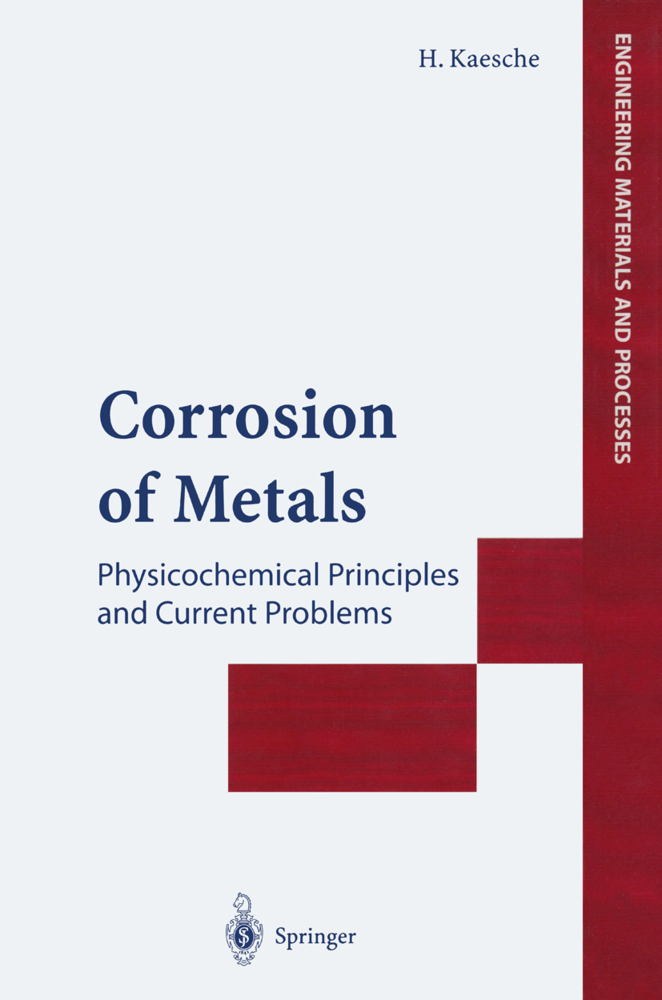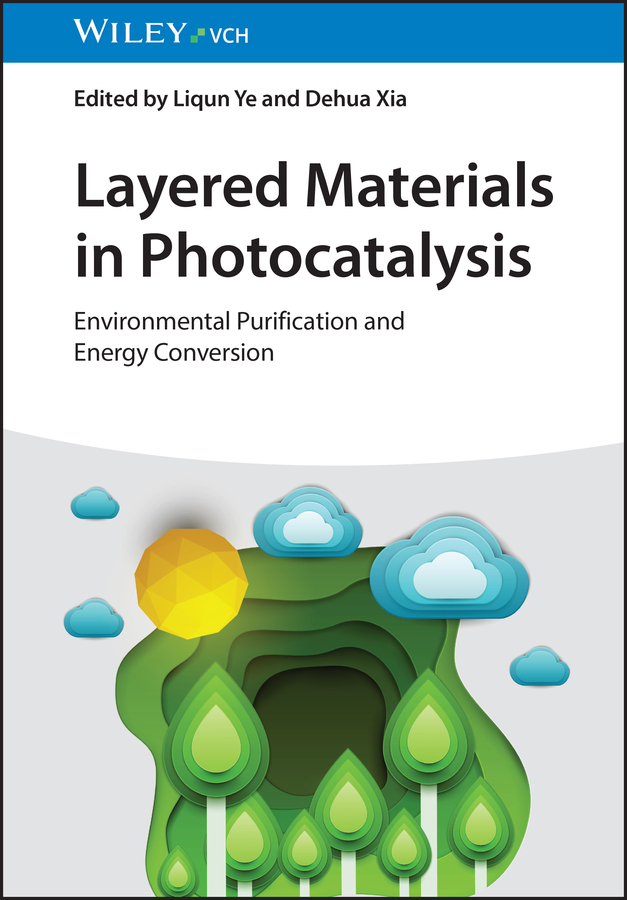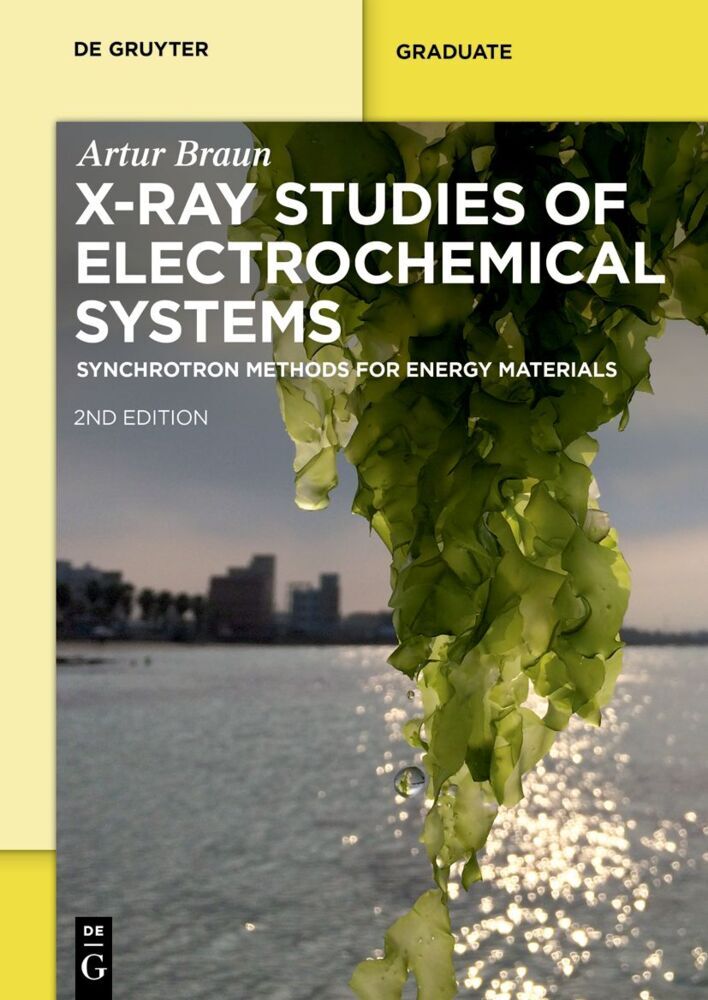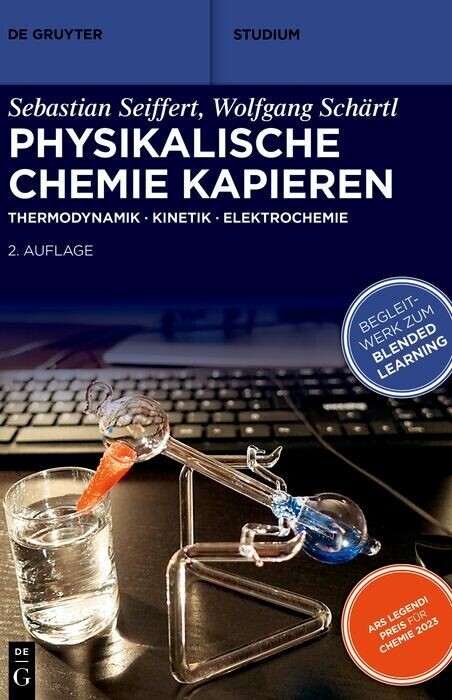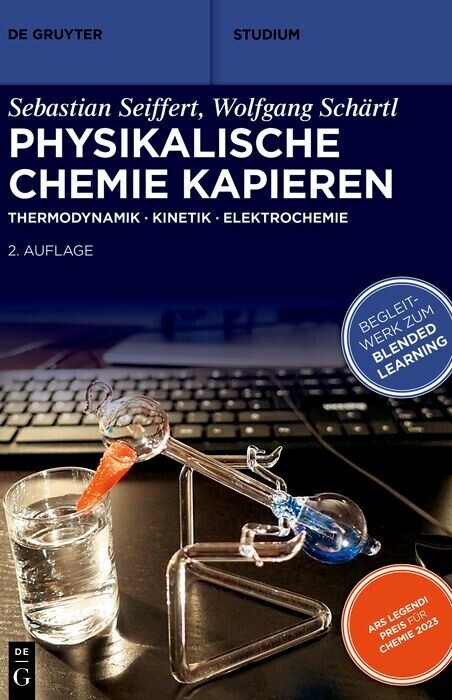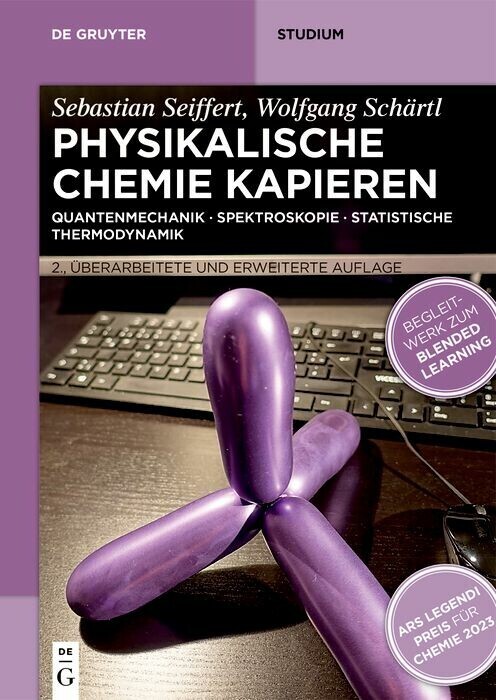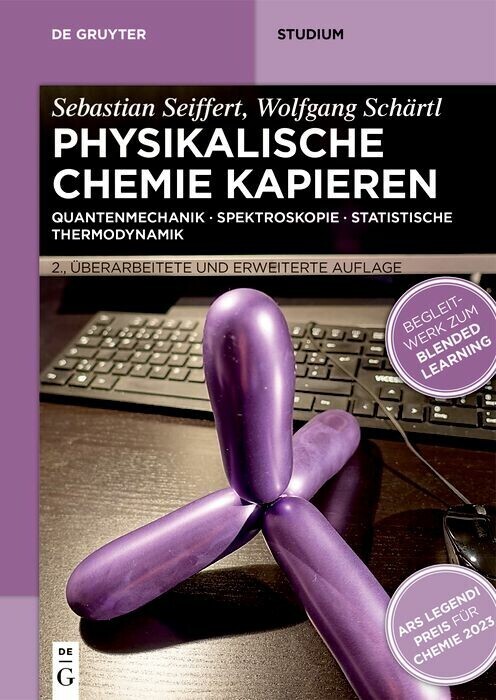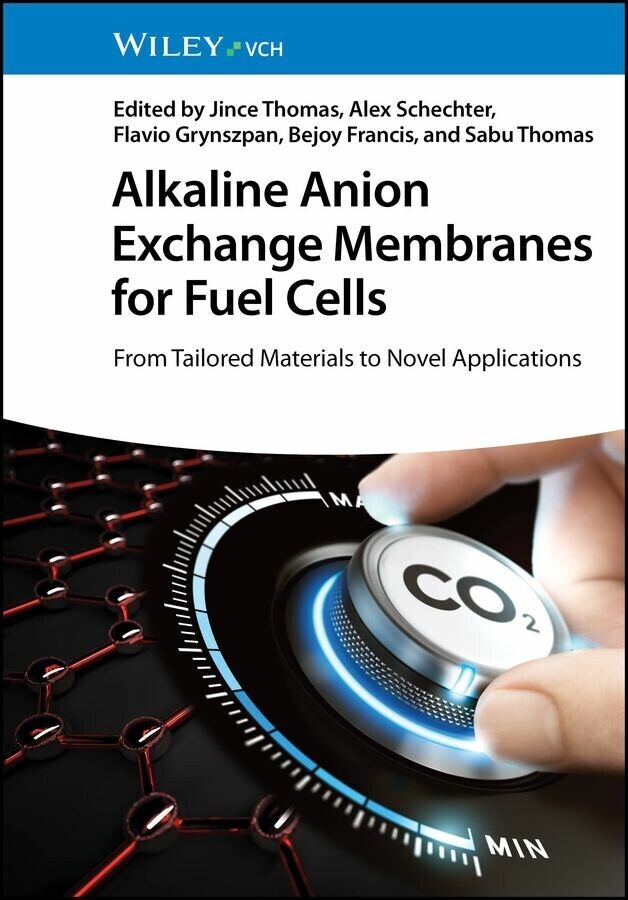Corrosion of Metals
Corrosion of Metals
Corrosion due to water is one of the most significant and complex causes of damage to metallic products. Written from the viewpoint of physical chemistry, this authoritative and established text deals with the aqueous corrosion of metals. Available for the first time in English, Corrosion of Metal addressing engineers, metallurgists, physicists and chemists. This self-contained, valuable reference comprehensively organizes and makes readily accessible the accumulated wealth of fundamental and applied knowledge. The concentration is on the underlying essentials of corrosion and failure, and the material is consistently presented in relation to practical applications to corrosion protection. The first chapters introducing the physicochemical principles are ideal for students. The following chapters provide an overview of the state of research for those familiar with the fundamentals. An exhaustive bibliography and appendices conclude the volume.
1 Introduction
References2 Corrosion Reactions and Corrosion Products
References
3 Chemical Thermodynamics of Corrosion
3.1 Outline of Fundamentals
3.2 Calculating Gibbs Energies for Overall Reactions
3.3 Equilibrium Galvanic Cells
3.4 Galvanic Cells with Transference
3.5 More on Equilibrium Electrode Potentials
3.6 Calculating Elevated-Temperature Gibbs Energies
References
4 The Electrolytic Mechanism of Corrosion
4.1 Overview
4.2 Reactions, Currents, and Potentials in Galvanic Cells
4.3 Measuring Current-Potential Curves
4.4 Uniform Corrosion: The Work of Wagner and Traud
References
5 The Kinetics of Electrode Reactions
5.1 Hydrogen Deposition and Hydrogen lonisation
5.2 Oxygen Reduction and Oxygen Evolution
5.3 Metal Dissolution and Metal Deposition
5.4 Closer Inspection of the Electrical Double Layer
References
6 Uniform Electrolytic Corrosion
6.1 Acid and Neutral Solutions
6.2 Neutral and Alkaline Solutions
6.3 The Dependence of Corrosion Rates on Temperature
References
7 Adsorption Inhibitors of Acid Iron Corrosion
References
8 Corrosion of Homogeneous Alloys
8.1 Introduction
8.2 Uniform Dissolution
8.3 Selective Dissolution and Dealloying
8.4 Dealloying of Hume-Rothery Phases and of Martensites
References
9 Rusting of Iron and Steel
References
10 Passivity
10.1 Introduction
10.2 Iron in Acid Solutions
10.3 Iron in Weakly Acid, Neutral, and Alkaline Solutions
10.4 Chromium and Iron-Chromium Steels
10.5 Nickel, Molybdenum, and Stainless Steels
10.6 Amorphous and Nanocrystalline Alloys
10.7 Semiconducting Oxide Films, Spontaneous Passivation, and Passivating Inhibitors
10.8 Titanium, Aluminum
10.9 Zinc, Magnesium
10.10 Oxide Films on Steels in High-Temperature AqueousSolutions
References
11 Galvanic Corrosion Cells
11.1 Dissimilar Metal Contact Corrosion
11.2 Differential Aeration Cells
11.3 Modeling Concentration Fields in Galvanic Cells
References
12 Pitting Corrosion
12.1 General Aspects
12.2 Breakdown of Passivity and Pit Nucleation
12.3 Growth of Pit Nuclei
12.4 More on Aluminum and Aluminum Alloys
12.5 More on Iron, Nickel, and Stainless Steel
12.6 A Note on Crevice Corrosion
References
13 Intercrystalline and Intracrystalline Corrosion
References
14 Hydrogen Embrittlement
14.1 Introduction
14.2 HIC by High-Activity Hydrogen in Low Strength Steels
14.3 HISCC by Low-Activity Hydrogen in High-Strength Steels
References
15 Stress Corrosion Cracking
15.1 General Aspects
15.2 Iron and Steels
15.3 Titanium and Titanium Alloys
15.4 Precipitation Hardening Aluminum Alloys
15.5 General Aspects Continued
References
16 Corrosion Fatigue
16.1 General Aspects
16.2 The Fracture Mechanical Approach
References
17 Appendix
17.1 Anodic and Cathodic Protection
References
17.2 Mass Transport by Diffusion
References
17.3 Applications of Fracture Mechanics
References
17.4 Electrode Impedance Spectroscopy
References
17.5 Electrode Noise Spectroscopy
References.
Kaesche, Helmut
| ISBN | 978-3-642-05620-8 |
|---|---|
| Artikelnummer | 9783642056208 |
| Medientyp | Buch |
| Copyrightjahr | 2010 |
| Verlag | Springer, Berlin |
| Umfang | X, 594 Seiten |
| Abbildungen | X, 594 p. |
| Sprache | Englisch |

